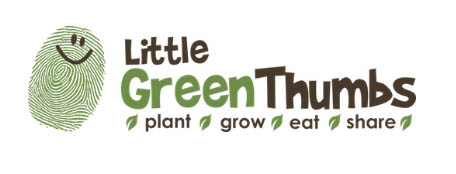
The difference between soil and soilless media
Why do we use soilless media in indoor growing instead of soil? What is the difference?
The dirt on dirt
Remember, potting soil is different than outdoor soil. Our outdoor soils are alive!
Dirt is what gets on our clothes and under our fingernails. It is soil that has lost the characteristics to support life - it is inert! Don’t confuse soil, which is teeming with life, with dirt.
Soil
Soils are complex mixtures of minerals, water, air, organic matter and countless organisms that are the decaying remains of once-living things. It forms at the surface of land and is thought of as the living “skin of the earth.” It takes at least 100 years to form one inch of topsoil, but can take up to 500!
We think if soil as the place where food begins. No soil; no sustenance. Famines have been driven by soil degradation and poor growing practices can lead to erosion and leaching of nutrients from the soil. The quality of one’s soil can change the outcome of the harvest. But soil serves us in many other ways too!
Soil is vital to life on earth for many reasons:
- Plants need soil to grow, not only for nutrients, but to anchor their roots
- Soil contributes to biodiversity
- Soil supplies most of the antibiotics used to fight disease
- Soil provides the base material for buildings, roads and infrastructure
- Soil acts as a water filter
- Soil can sequester carbon and combat climate change
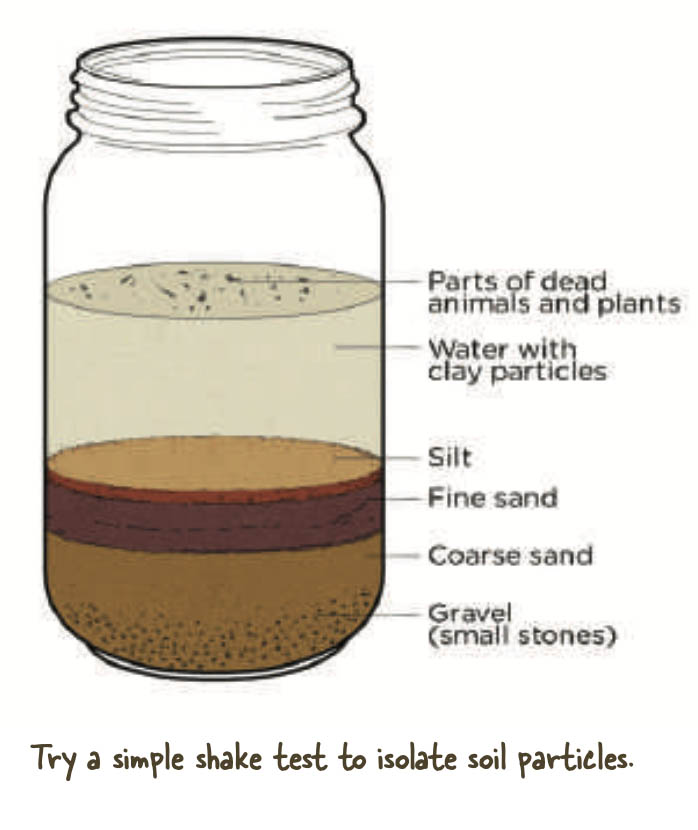
Soilless media
Indoor container gardening requires the exclusive use of a soilless, peat-based growing media, commonly called potting soil, or pro-mix.
Potting soil is light, does not compact, and has a high water-holding capacity without becoming water-logged – all important qualities to grow vegetables in a contained rooting area. Field soil (topsoil) or commercial compost should NOT be used for a variety of reasons, such as compaction and the likelihood of soil-borne disease.
Commercial potting soils also typically contain some ‘amendments’. These include clay minerals such as vermiculite or perlite (little white balls) which help to hold water and also provide some (but limited) nutrients. Most potting soils require the addition of fertilizer and dolomite lime for plants to complete their growth cycle. Peat-based soils generally contain very low amounts of plant nutrients, hence we must apply the plant nutrients required to facilitate a complete growing season.
Read more about fertilizer and nutrients in the section fertilizer.
Depending on where you live, you'll be looking at bags of growing media with different names or references. Many garden centers and chain stores will have their own mixes, and in some cases, their own brands. The most important thing is paying attention to the ingredients it contains, not what it's called. Be sure to read the label carefully, and look at the order in which the ingredients are listed. We can't overemphasize how important it is to read the ingredients on the label before purchasing any growing medium!
Some typical ingredients in commercial growing media that are safe and preferred for use with the self-watering gardening system include:
- Sphagnum Peat, which offers excellent water movement and absorption, aeration, and nutrient retention. The label should have this component listed first.
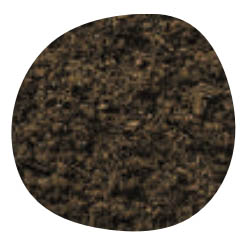
- Vermiculite, an amendment derived from the mineral mica, has a light, fluffy structure that causes it to retain large quantities of air, water, and nutrients.
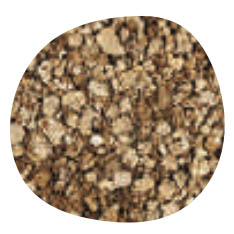
- Perlite, another amendment, is a naturally occurring volcanic glass that provides excellent aeration and water movement.
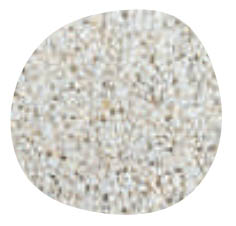
- Coir, a sustainable fiber made from ground-up coconut husks, offers excellent water retention properties. It is not recommended to use straight coir, but a blend that includes it as a secondary component is okay.
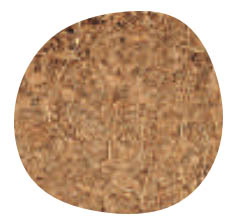
- Forest By-Products, especially tree bark fines, are okay in small percentages (it's difficult to find commercial mixes that don't contain FBPs). These materials increase moisture retention, but typically decrease available air spaces, while increasing the acidity of the mix.
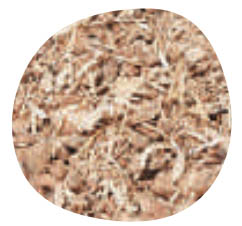
A wide variety of other ingredients may be added to potting media in small percentages in order to provide nutrients. These include blood meal, bone meal, bat guano, dolomitic and/or calcitic limestone, chelated iron, kelp meal, processed poultry manure, rock phosphate, green sand, and worm castings.
In general, any growing medium that's labeled for container gardens, hanging baskets, or seed starting is well suited for self-watering container gardening. You'll find that bags of the appropriate growing media are much lighter than bags of topsoil. It’s particularly important to avoid any growing medium that contains soil/topsoil, rock, clay, sand, or any products described as "partially composted.” Topsoil is not sterile, which means it may contain weed seeds, pathogens from manure, or sweepings of actual dirt from mills and stables. Topsoil, sand, and clay are all very dense, which prevents proper aeration and drainage that allow roots to move and grow. Imagine pouring wet concrete in your flower beds—the same can be likened to using the wrong type of growing medium in a self-watering system.
After years of testing, it is determined that growing media that boasts "moisture control" or "water grabbing crystals" is okay to use.
Water-logged potting soil?
If your pots are becoming water-logged, it could be a symptom of your potting soil having too much organic matter. This can cause it to retain too much moisture.
Why the Right Mix Matters in Self Watering Containers
*Adapted with permission from Earthbox.com
WICKING, or natural capillary action, is necessary so your plants get the water they need from the reservoir. Sphagnum peat is porous and acts as a sponge to properly absorb the water and help disperse nutrients.
DISEASE PREVENTION, is important when growing fruit and vegetables that you’ll later consume. While many plant diseases can be spread through the air or transmitted by chewing insects, some start in the soil. By using a sterile growing medium, you eliminate the risk of infecting plants with any soil-borne pathogens.
INSECTS AND WEEDS can find their way in to the system through non-sterile potting media, such as partially composted mixes or manure. By choosing a high-quality, commercial growing medium, you are ensuring your plants have a clean environment for roots to grow without the threat of unwanted pests.
AERATION is important for healthy roots so they have room to move and don’t rot. Most growing media blends that are suitable for container gardening include several amendments that allow for aeration and drainage, such as perlite.
Potting mix vs Potting Soil
Growing media can have different names, depending on the geographic region of the country. We often suggest using potting mix. Potting soil (though it often does not contain soil) is generally denser and will not work properly in your growing containers. Potting soil is called "compost" in England so be aware of what terms mean when reading or watching gardening information.
Thanks to Little Green Thumbs for providing the information and images on this page.
